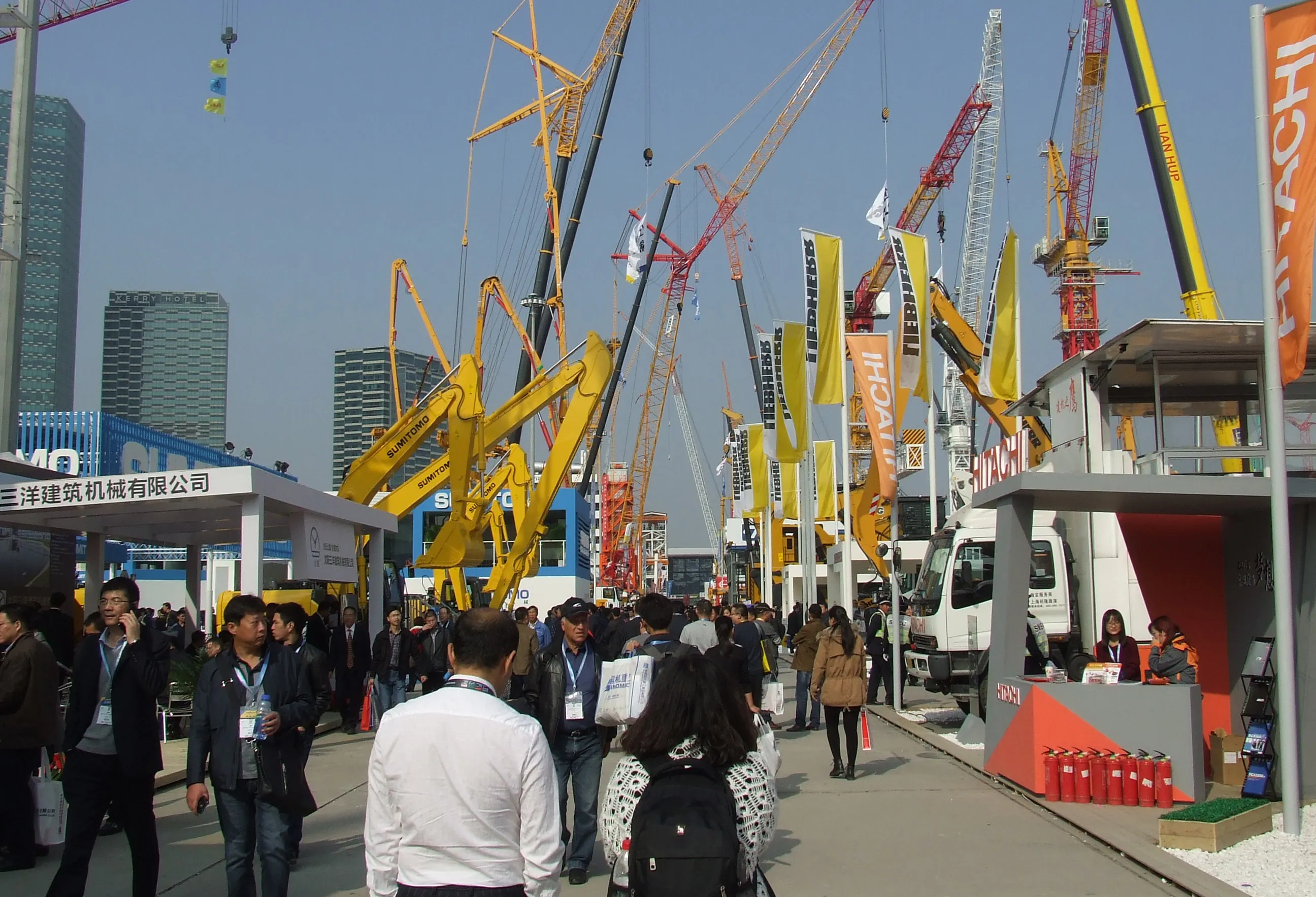Changes in the number of road crashes as well as casualty statistics have been observed in Italy and the Netherlands. For Italy, the long term trend is positive, although this may have been influenced by recession. Data reveals that commercial vehicle traffic fell by 11.2% on Italian highways between 2006 and the first half of 2015. This analysis was carried out by Continental Autocarro based on data provided by AISCAT. In the same period, the number of crashes occurred on highways and involving commercial
November 19, 2015
Read time: 2 mins
Changes in the number of road crashes as well as casualty statistics have been observed in Italy and the Netherlands. For Italy, the long term trend is positive, although this may have been influenced by recession. Data reveals that commercial vehicle traffic fell by 11.2% on Italian highways between 2006 and the first half of 2015. This analysis was carried out by Continental Autocarro based on data provided by AISCAT. In the same period, the number of crashes occurred on highways and involving commercial vehicles dropped by 35.3%. But between 2013 and the first half of 2015 commercial vehicle traffic rose by 3.3% points, while the number of crashes also rose by 15.8%. Overall, crashes have dropped.
For the Netherlands, the results are negative. The total number of severe injuries in traffic crashes increased from 18,800 in 2013 to 20,700 in 2014, according to the Dutch Ministry of Infrastructure and Environment. The reason behind the increase has not been identified yet as more data is being gathered. The aim is to reduce the total number of severe injuries caused by traffic crashes to 10,600 in 2020.
For the Netherlands, the results are negative. The total number of severe injuries in traffic crashes increased from 18,800 in 2013 to 20,700 in 2014, according to the Dutch Ministry of Infrastructure and Environment. The reason behind the increase has not been identified yet as more data is being gathered. The aim is to reduce the total number of severe injuries caused by traffic crashes to 10,600 in 2020.






